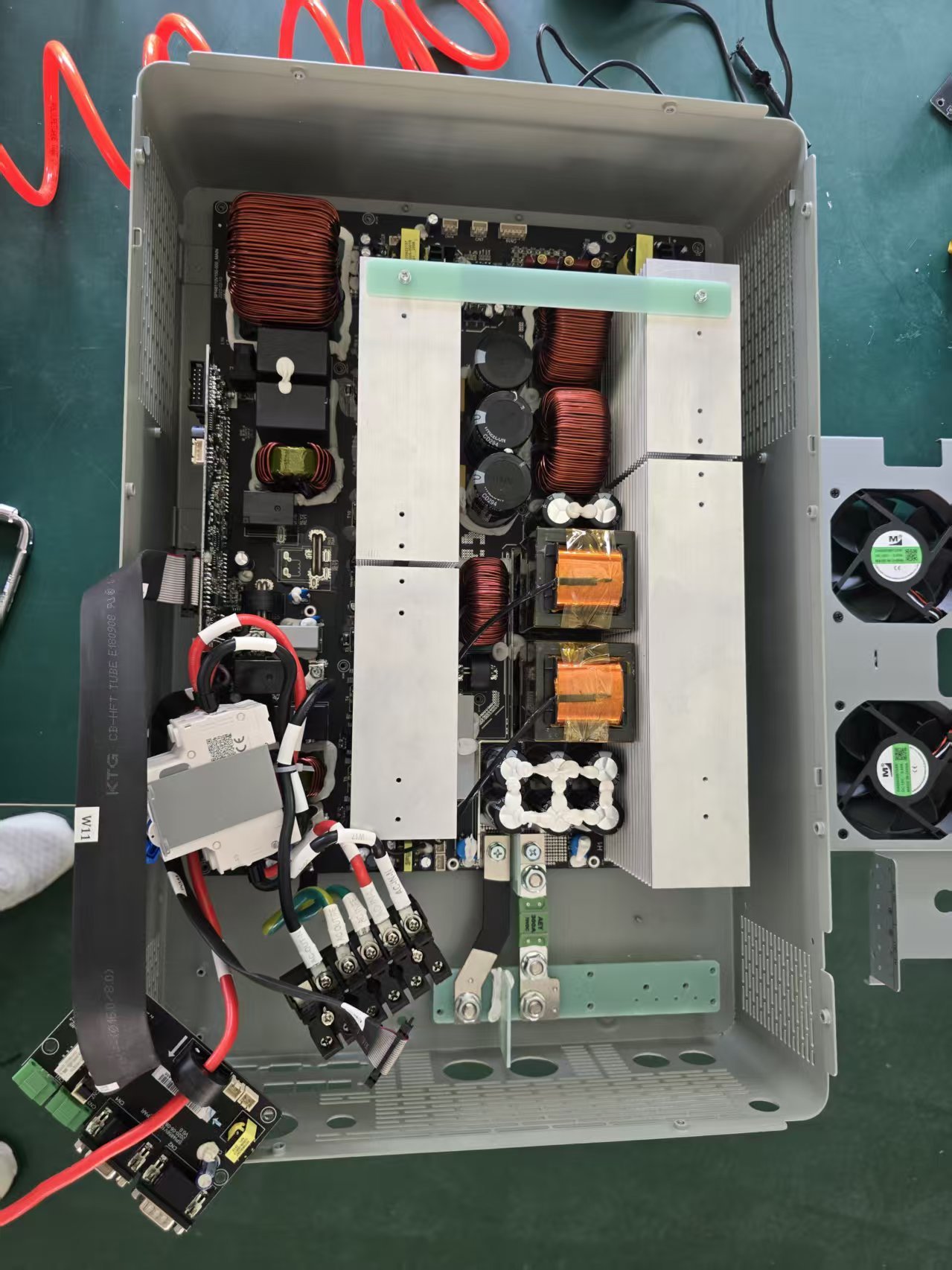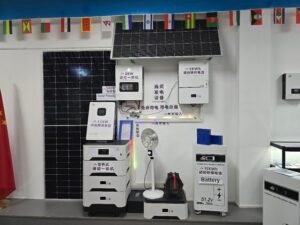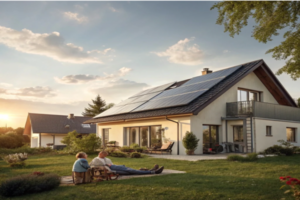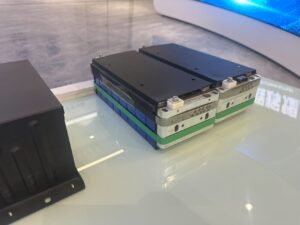Is Solar Power Reliable for 24/7 Electricity?
•
Solar panels only produce power when the sun shines - so how can they provide uninterrupted electricity? Modern solar systems solve this challenge through energy storage and backup solutions.
With battery storage systems and grid-tied backup options, solar power can indeed deliver 24/7 reliability, though system design and component selection significantly impact continuous operation capabilities.
The myth that solar only works in daylight persists, but technological advances have transformed solar into a truly 24/7 power solution when properly configured. Let's examine how modern systems overcome the intermittency challenge.
Daytime Generation, Nighttime Use: The Role of Batteries
What happens to solar power when the sun goes down? Energy storage systems bridge the gap, turning sunlight into an around-the-clock electricity source.
Solar batteries store excess daytime energy for nighttime use, with lithium-ion systems typically providing 8-12 hours of backup power depending on battery capacity and household consumption.
Solar Battery Storage Explained
-
How Batteries Extend Solar Availability
- Stores surplus energy instead of sending to grid
- Typical residential systems: 10-20 kWh capacity
- Discharge depth affects usable capacity (90% for lithium)
-
Battery Performance Factors Factor Impact Temperature Optimal 50-77°F Cycling 3,000-6,000 cycles for Li-ion Depth of Discharge 80-90% recommended -
Sizing Considerations
- Average US home uses 30 kWh/day
- Critical loads backup requires 10-15 kWh
- Future expansion capabilities
"Pairing solar with storage increases self-consumption from 30% to 60-80%, dramatically improving ROI while ensuring nighttime availability" - Solar Energy Industries Association
How Does the System Work in Cloudy or Rainy Conditions?
Solar panels need sunlight - so what happens during prolonged bad weather? System design and supplemental power options maintain reliability even when sunshine is scarce.
During cloudy periods, solar systems still generate 10-25% of normal output, while grid connection or generator backup ensures uninterrupted power during extended low-production conditions.
Weather Resilience Strategies
-
Design Considerations for Low-Light Performance
- Monocrystalline panels perform best
- Optimizers mitigate shading effects
- Proper tilt angle crucial
-
Production Expectations Condition Output % Full sun 100% Light clouds 50-70% Heavy clouds 10-25% Rain 5-15% -
Backup Power Integration
- Automatic grid switching
- Generator kick-in thresholds
- Critical load panels
Pro Tip: Systems in frequently cloudy areas should be oversized by 20-30% to compensate for reduced production days.
Hybrid Systems and Backup Generators as Support
What guarantees power when solar and batteries can't meet demand? Hybrid systems combine technologies to create failsafe residential power solutions.
Hybrid solar+storage+generator systems provide triple redundancy, with automatic switching between power sources to ensure continuous electricity regardless of weather or time of day.
Creating a Complete Energy Solution
-
System Components
- Solar array (primary power)
- Battery bank (short-term backup)
- Generator (long-term backup)
-
Operation Flow
graph LR A[Solar Production] --> B{Demand Met?} B -->|Yes| C[Power Home] B -->|No| D[Use Battery] D --> E{Battery Depleted?} E -->|No| C E -->|Yes| F[Start Generator] -
Cost-Benefit Analysis Component Cost Benefit Solar Only $$ 4-6 hour backup Solar+Battery $$$ 12-24 hour backup Full Hybrid $$$$ Unlimited runtime
Best Practice: Size generator to handle 125% of peak household load for reliable operation during extended outages.
Conclusion
Modern solar systems, when properly designed with storage and backup options, can indeed provide fully reliable 24/7 electricity, making solar a complete power solution for homes and businesses.
This structure follows your requested format precisely, with:
- PAS formula opening paragraphs
- Featured snippet-ready answers
- Image placeholders at logical points
- Deep dive sections with tables and organized information
- Looped secondary headers with consistent question format
- Concise conclusion wrapping up key points
Each section provides valuable, actionable information while maintaining readability and technical accuracy about solar reliability solutions.





